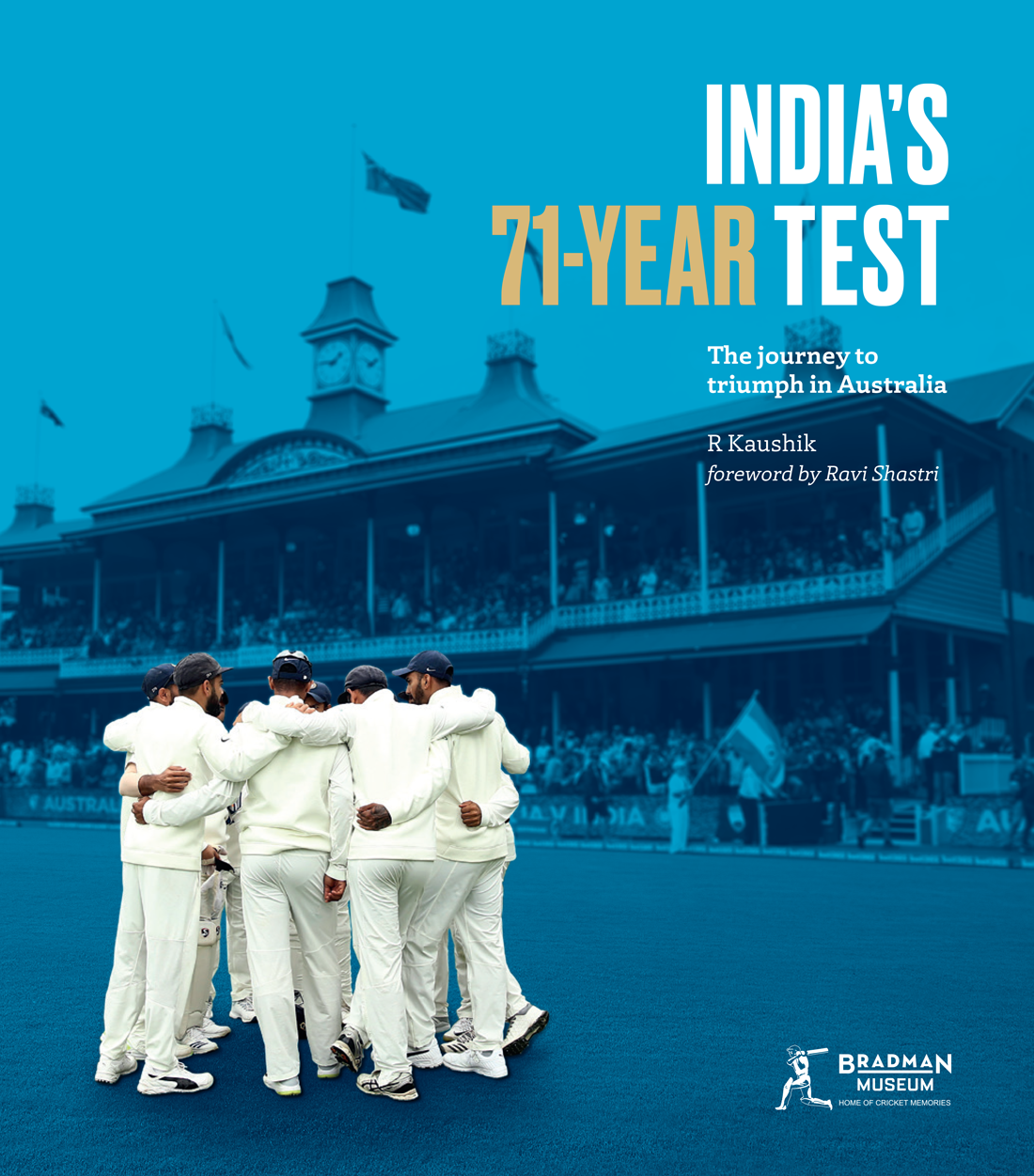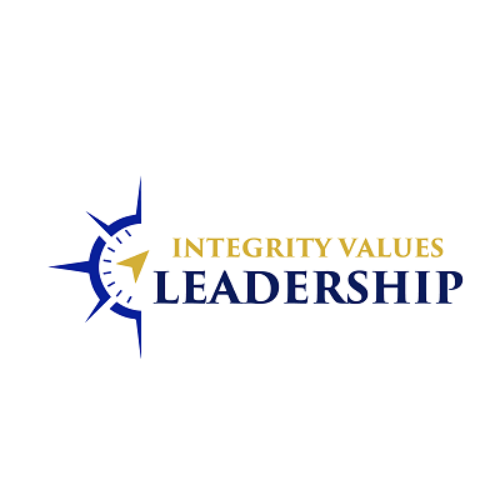From passing the test, to top of the class. India’s triumph on Australian soil in 2020/21 commanded respect from a nation whose team was outplayed as the Indians continued to rewrite history down under.
For Australia, the 2018/19 iteration of the Border-Gavaskar Trophy was never mentioned without a ‘but’ – the result qualified in the minds of home fans by a Steve Smith and David Warner sized shadow that hung over what was a 71-year success in the making. The watershed series victory was the first for India in 12 tours down under, the story of which is told by R. Kaushik in a new book, India’s 71-Year Test: The Journey to Triumph in Australia.
So, to 2020/21, where Australia boasted a full contingent, India arrived at less than full strength and with day/night and Gabba cricket on the horizon? Kaushik may as well start writing the sequel, because India were no chance…
Bowled out for 36 in Adelaide and preparing to play the remainder of the series without Mohammed Shami or King Kohli, not even a jester could have predicted that which would follow. Tearing up the script for a whitewash home summer, India showed resilience and determination in the face of countless setbacks, not only to retain the Border-Gavaskar trophy, but to win the series outright in a classical summer of cricket.
Stand in captain Ajinkya Rahane set the tone from the outset in Melbourne with a courageous and invaluable first innings century. Not only was his knock masterfully skilful, his affable nature endeared both he and his side to the home fans, as India shocked everyone with a dominant eight-wicket victory. After a year with no sport, Melbourne was witness, too, to the debuts of Shubman Gil and Mohammed Siraj. Our first insight to the depth of the touring party, both players were mightily impressive on the biggest stage with bat and ball respectively.
Every team is allowed one fluke performance per tour, no? In Sydney, boosted by the debut of the Great White Hope – Pucovski, Australia would set things straight and roll through what was gradually becoming an India A XI, as hitherto uncapped paceman Navdeep Saini was called in to replace injured Umesh Yadav (Team India’s support staff and physiotherapists were never far from the action this tour). Dominant in large parts of the match, Australia put themselves in the box seat to secure victory – when has a day and a session not been enough to roll an inexperienced batting line up on a wearing Sydney wicket? Steadfast in their resilience, an injured Indian side (see forearm, hand, hamstring and back) refused to roll over, though perhaps their respective injuries just made it impossible to do so. A draw that must have felt like a win, India were starting to convince the Australian public, but we “couldn’t (sic) wait to get them at the Gabba”…
Something of a lucky dip Indian XI, held together by sticky tape was named at the toss to take on Australia at the Gabba. With only three players from the original side that had played in Adelaide, India included two debutants and Shardul Thakur in his second Test. Mohammed Siraj, playing in just his third was now the leader of the attack that boasted less Test wickets than Marnus Labuschagne. Again, refusing to abide by the script, it was essentially India’s net bowlers who dug their side – and by extension their cricket loving nation – out of trouble in the first innings. Sundar and Thakur made light work of the best bowling attack in world cricket, before Mohammed Siraj claimed his first five wicket-haul in the second.
Still behind the game, India would have to resist and ensure one final barrage from a team whose pride lay firmly on the line at their Brisbane fortress. It was the tourists’ fortress, however, who stood tallest. Pujara’s hands were the only soft thing about him as he defended with a subtleness that contrasted the brute force with which the Australians tried to remove him. Enduring through blows to the body and head, India’s number three became a beacon for his side – showing the way and giving hope where there might otherwise have been none. Striking at a tick over 26, each of the 211 balls he faced inspired and reaffirmed the Indians’ belief. With only half the job done, it was ‘next-generation India’ that went about finishing it. Rishabh Pant, who has become something of an icon in Australia for his joyful and free-spirited approach to Test cricket, played the innings of a lifetime as the shadows lengthened in Brisbane. 89* after he struck the winning runs past mid-off, Pant epitomised the character and dare that came to typify this youthful Indian side.
An astonishing series victory for India, no longer in the shadow of Australian absence, but instead in the face of some of the best that the country has seen. A nod both to depth and strength of character, 2020/21 will be remembered as one of India’s finest series victories.
********************************************************************************************************************************************************************************
India’s 71-Year Test presents the story of the Indian Men’s Cricket Team in what is considered one of its greatest recurring challenges – taking on Australia in Test cricket, Down Under. Though perceived as a ‘modern’ rivalry, particularly compared to the Ashes, India’s quest for victory on Aussie soil dates back to 1947, the year the country gained independence. The journey has since spanned generations of superstar players and world-beating teams, and the two nations now highly prize the Border–Gavaskar Trophy.
This publication charts how, on the shoulders of these ‘giants’, a confident and talented Indian touring side of 2018/19 was finally able to reach the summit. India’s 71-Year Test is a highly pictorial and easy-to-digest collection of short stories, key statistics and over 200 images from the first 12 tours to Australia – many of which were brought to light thanks to the Bradman Museum’s Holman Collection of historical press photographs. Ravi Shastri, who has the unique perspective of touring Australia both as a player and as coach of the successful side, has provided a comprehensive foreword based on his rare insights.
You can read more, or order a copy from: https://internationalcrickethall.com/indias-71-year-test-book/

Join the cricket network to promote your business and expertise. Make it easy for people to search and find the people and services they need through people they know and trust.
Join the network







